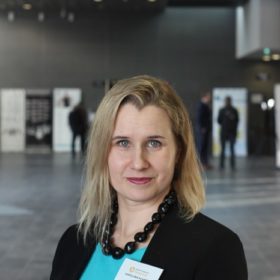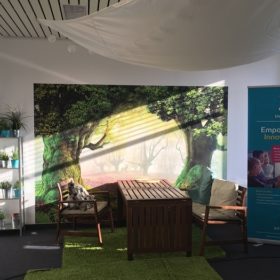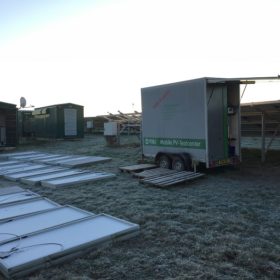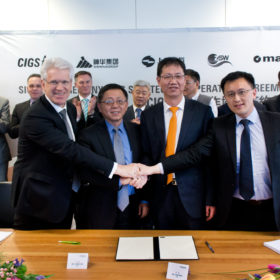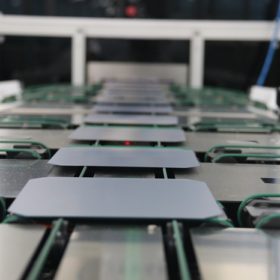Finland’s solar spring
Solar potential: While it is little known for its solar power potential, PV deployment has increased in the Scandinavian country over the last two years. Community projects, a drop in prices for solar panels and a retail company have been the main drivers of this development.
Coming in from the cold
Interview: Karoliina Auvinen is a researcher at FinSolar and Director of the smart Energy Transition Project at Aalto University in Helsinki. pv magazine spoke with Auvinen about her work and her thoughts about the future of solar power in Finland.
Experimental policies
Turkey’s PV market: Turkey has reached about 1 GW of solar PV installations, and 2016 was the PV sector’s best year so far. Furthermore, a recently announced tender for a mega 1 GW solar park in central Turkey adds to the expectation. Is such optimism justified? pv magazine examines why the Turkish Government’s policy experiments with the solar sector risk its fragile growth.
PV plant to electric car – bring it on
New energy world: Innogy is repositioning itself following the restructuring of RWE. pv magazine paid a visit to the company’s “disruption department,” the Innogy Innovation Hub.
New energy in app form
Digital technology and PV: Blockchain is the name for a secure, distributed database that forms the basis of the bitcoin digital currency. Now there is much hype over blockchain’s potential application in the energy industry. Grid singularity is a startup developing the next generation of a blockchain that could genuinely revolutionize the energy system. It reconciles data usage with privacy.
Cornering the market
Module mounting: A new mounting technique could change the appearance of solar farms and rooftop systems over the long term. Tilting solar panels by 10 to 45 degrees is said to greatly improve their self-cleaning properties and enable completely new array designs. Two major project engineering companies are already testing the concept and have confirmed its numerous benefits.
In-situ EL promotes careful handling
In-situ and on-site testing: Module damage is a serious issue, even when faults can not be seen at first glance. Fortunately, methodologies and technology for the testing of modules in the field are evolving at pace, bringing home the importance of handling modules with care.
Microgrids – the DNA of electricity
Solar and microgrids: Supplying electricity to the vast open spaces of the Australian outback cost effectively and with high levels of energy security is no easy task. Frank Tudor heads up the state-owned utility with that unenviable job in the sundrenched state of Western Australia, and his vision for doing so into the future is drawing inspiration from unlikely quarters. With an eye to the New York REV process and the rapidly falling cost of renewables including solar PV and battery storage, Tudor is transforming the way Horizon does business and chipping away at energy subsidies provided to Australians living in rural and remote locations.
China embraces thin film
Thin film technology: Chinese state-owned companies are purchasing thin film equipment from European suppliers in a move that may shake up solar manufacturing. For the PV technology companies, the move could not have come too soon, but how will the Chinese state-owned coal, electric and building giants succeed where others have failed?
Mono silicon on the rise
Silicon wafer: Fortunes have changed in the wafer market. While a year ago multicrystalline wafers were in short supply, today it is monocrystalline that is in demand. pv magazine brings you a look at the momentum and challenges behind the growth of monocrystalline silicon technology.
